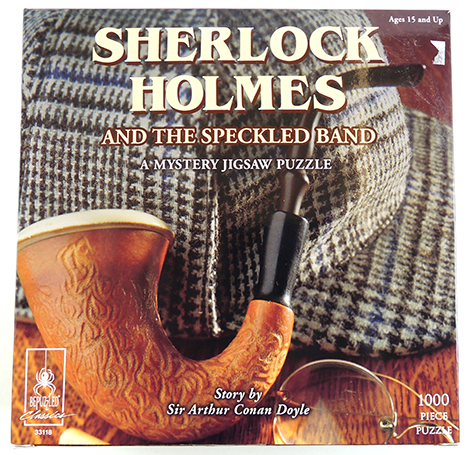
It’s truly a puzzler! Katie (and friends) test drove a Sherlock Holmes mystery jigsaw puzzle…deerstalker and pipe not included. Take it away Katie!
The Sherlock Holmes and the Speckled Band mystery jigsaw puzzle is by BePuzzled, a company that touts itself on forcing people to think and solve their games in unconventional ways. The puzzles are classic mysteries with a challenging twist: you read, build, and solve using clues from both the written story and the completed puzzle. I bought mine in a toy shop for $18.95 while on summer vacation in Rehoboth Beach, Delaware, but you can find it online for slightly less. The suggested age range is 15 and older.
The short story Sherlock Holmes and the Speckled Band originally appeared in the UK edition of The Strand magazine in February 1892. The story was later included in The Adventures of Sherlock Holmes collection, which was published in October 1892.
Inside the box is the 1000-piece unassembled puzzle and a booklet with the mystery to read.
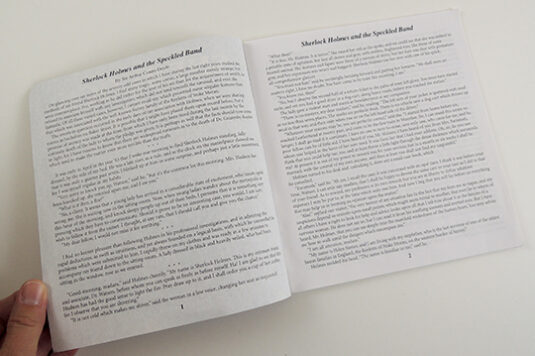
The solution, which is the conclusion of the story, is provided but it is cleverly printed backwards. You read it by simply holding it up to a mirror, which is such a unique way to hide the answer!
I started by building the edges, and this is the point when I realized this puzzle was going to be more difficult than I had originally thought. In keeping with the mysterious nature, the finished image does not match the box cover. An SOS was sent to my library colleagues, inviting them to help.
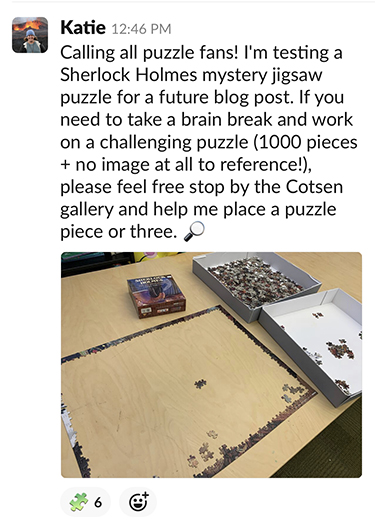
A few folks answered the call and worked with me on Holmes’s latest case. Interestingly enough, every one of them had a different puzzle approach. One person took pieces that looked similar and lined them up in a row. Another moved pieces into piles and worked specifically on building a small section to later drop in.
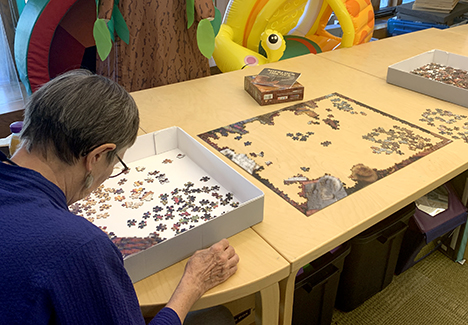 One colleague clearly loved puzzles because she slowly and methodically finished around 1/6 of the mystery in just a few hours’ time. She’s the reason I can say I completed the puzzle in just under two weeks!
One colleague clearly loved puzzles because she slowly and methodically finished around 1/6 of the mystery in just a few hours’ time. She’s the reason I can say I completed the puzzle in just under two weeks!
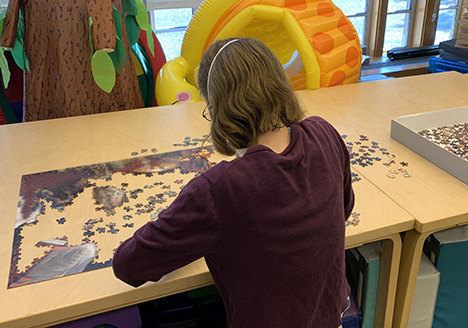
And yes, dear blog readers, I used some Photoshop magic to blur the puzzle. No spoilers from me!
Despite my (sometimes constant) groaning over not having an image to work from, I thoroughly enjoyed the puzzling challenge. It added an extra layer of intrigue and definitely more excitement when the puzzle was solved. I feel younger children can get involved with the puzzle build, though they may get frustrated since they don’t have any reference to a solution.
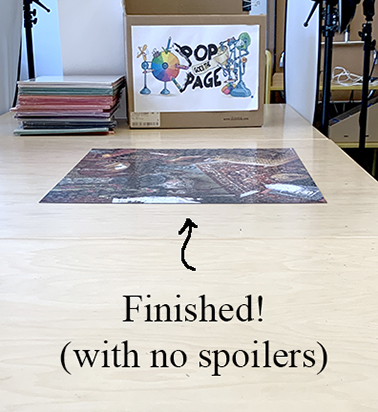
Even though I have partnered with Detective Holmes on many Cotsen-related adventures, I have never read Sherlock Holmes and the Speckled Band. I was entirely unaware of who or what was behind the unfortunate events described in the story, so the solution was quite a surprise. For those who may have already read the story and know what happened, this particular puzzle may not be the best option. Thankfully there are several other BePuzzled mysteries to choose from, including one from Alfred Hitchcock, and I assume each has a unique story line.
The mystery puzzles are afoot!
Interested in more Holmes posts? Try our virtual escape room, our live escape room, a review of a snail mail mystery game, and this super fun simple activity with rebus cards from our special collections!
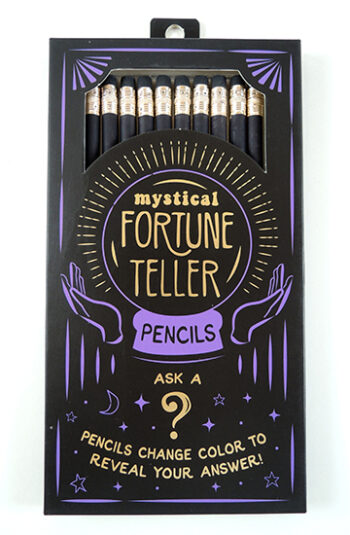 Needing some answers? No problem! We tested this set of Mystical Fortune Teller pencils offered by Snifty. Yes, for a mere $10, you have the opportunity for 10 unique answers to your most burning queries.
Needing some answers? No problem! We tested this set of Mystical Fortune Teller pencils offered by Snifty. Yes, for a mere $10, you have the opportunity for 10 unique answers to your most burning queries.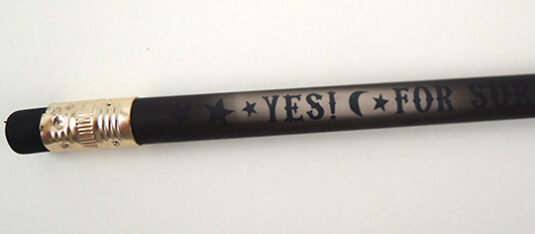 Eventually, the message fades back to its original state. The packaging also warns you not to put the pencils in direct sunlight. So of COURSE I ran outside and did that very thing. The pencils are essentially heat activated – so the hot sun made the messages appear. I also accidentally left them in my hot car and the same thing happened.
Eventually, the message fades back to its original state. The packaging also warns you not to put the pencils in direct sunlight. So of COURSE I ran outside and did that very thing. The pencils are essentially heat activated – so the hot sun made the messages appear. I also accidentally left them in my hot car and the same thing happened.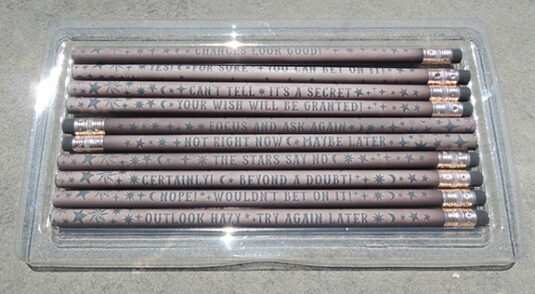




 One colleague clearly loved puzzles because she slowly and methodically finished around 1/6 of the mystery in just a few hours’ time. She’s the reason I can say I completed the puzzle in just under two weeks!
One colleague clearly loved puzzles because she slowly and methodically finished around 1/6 of the mystery in just a few hours’ time. She’s the reason I can say I completed the puzzle in just under two weeks!

